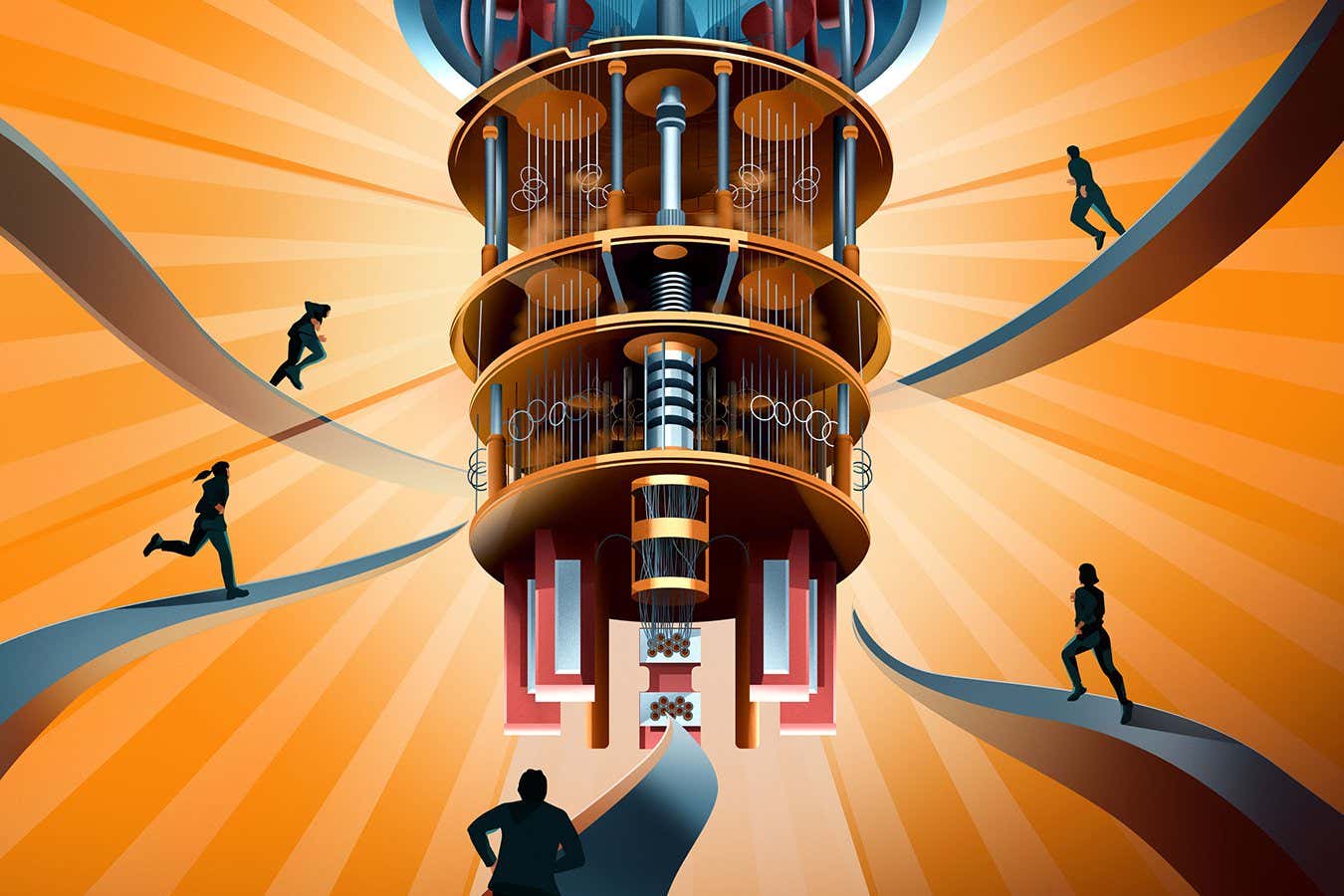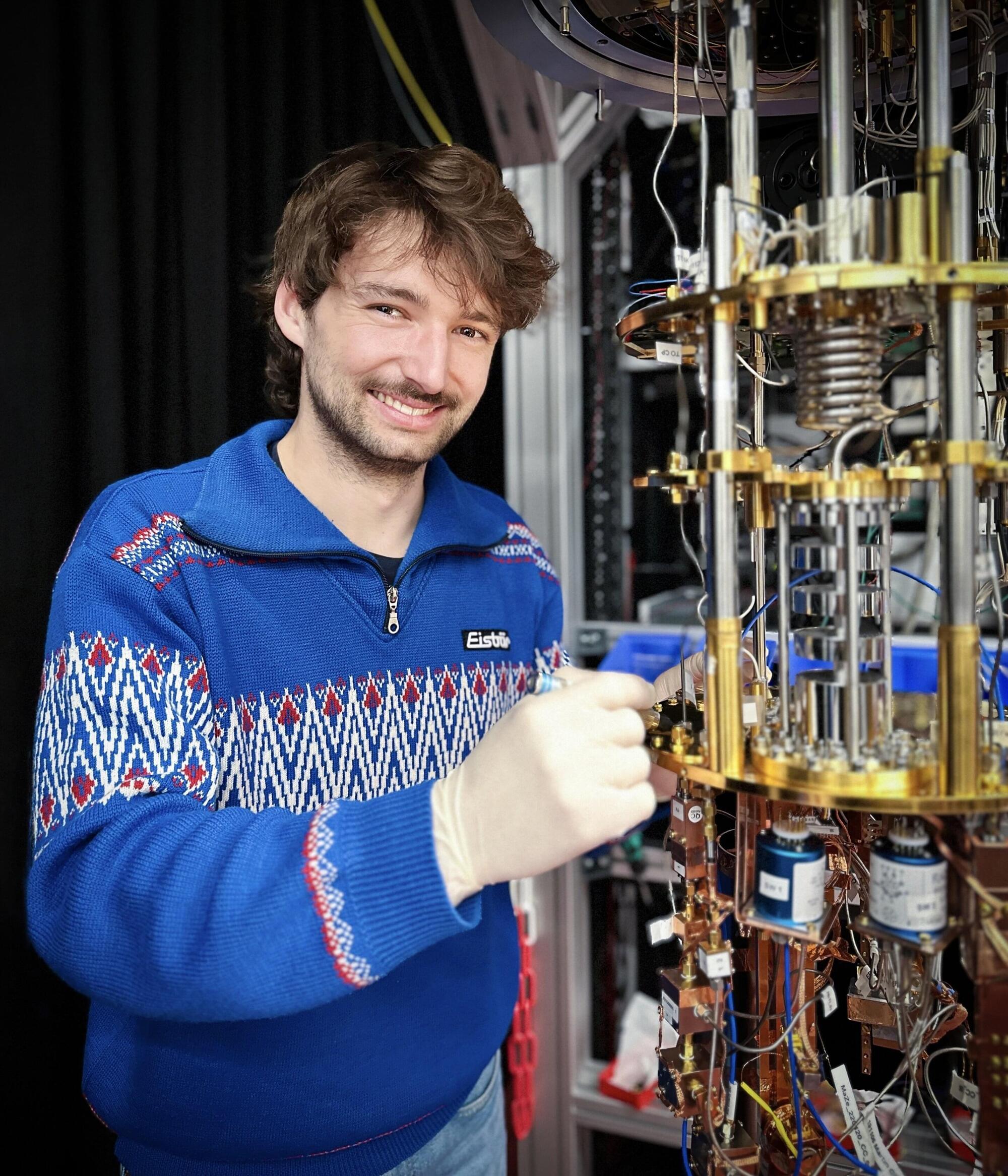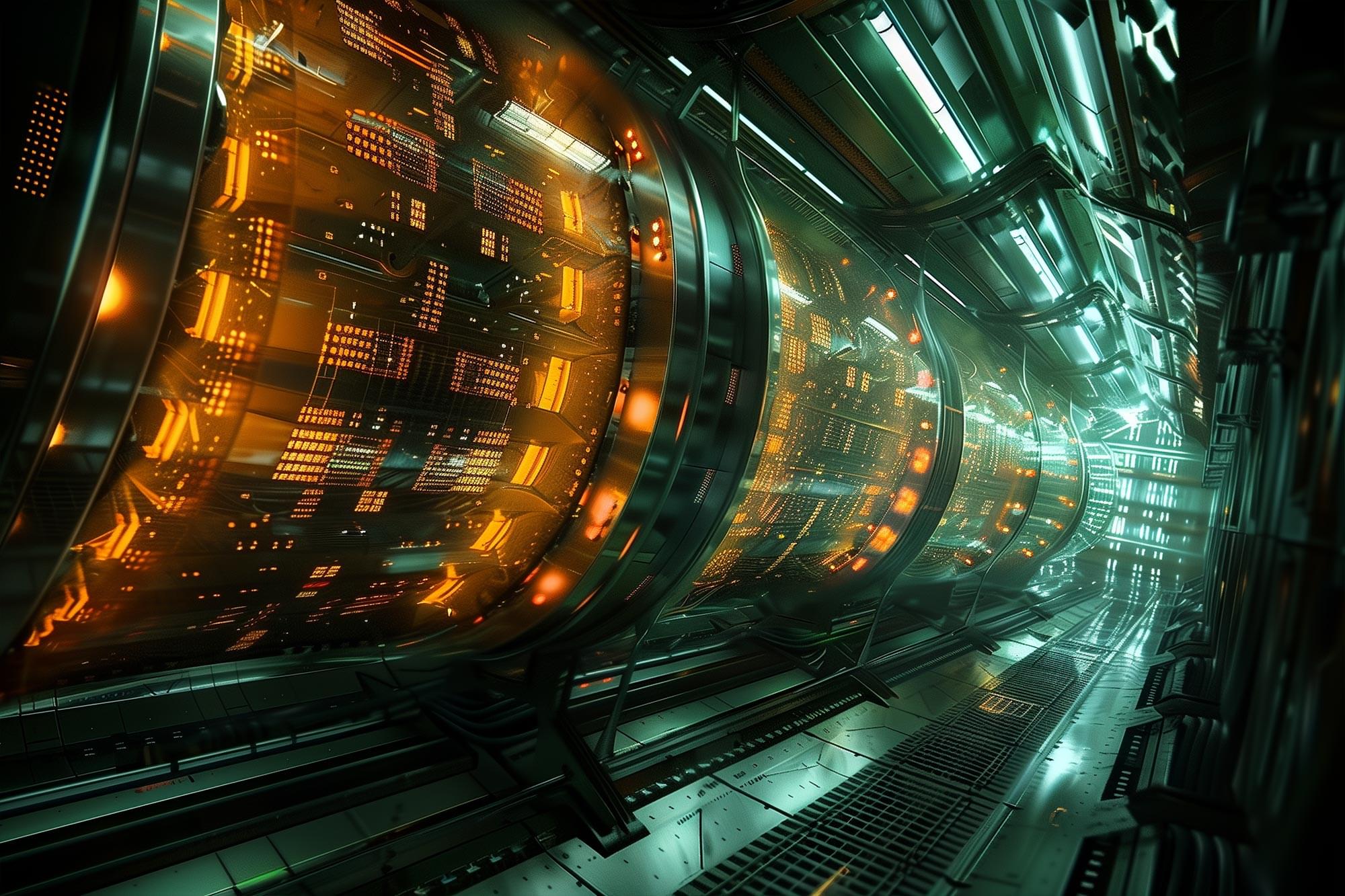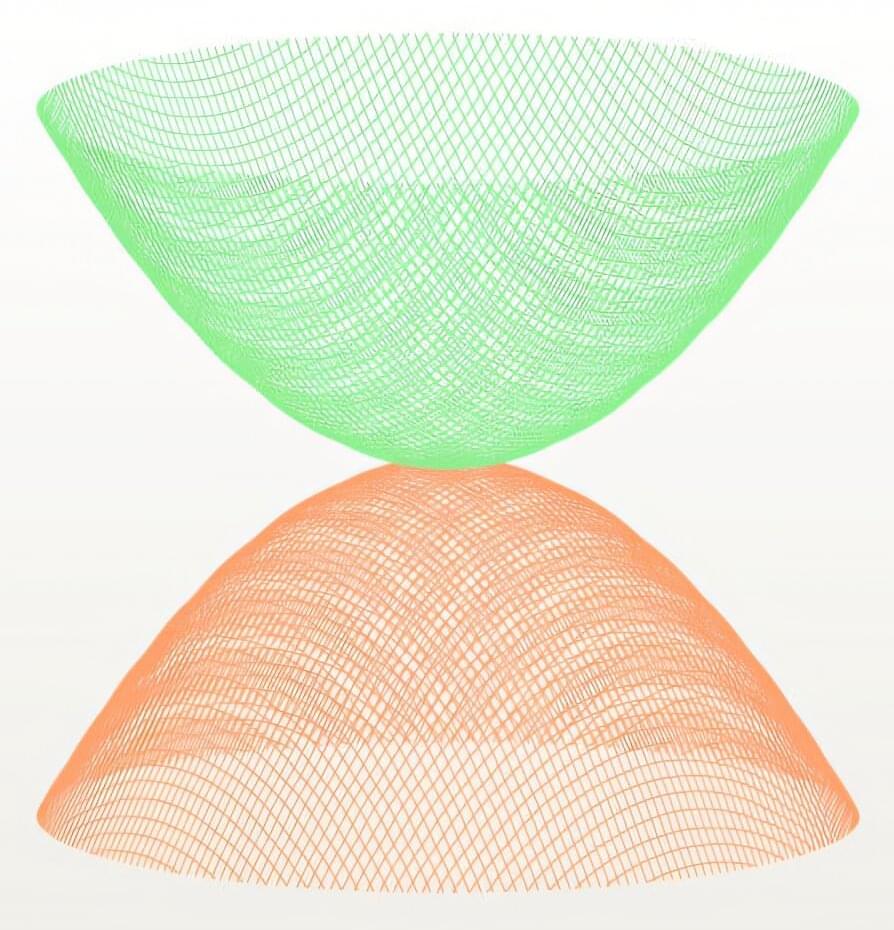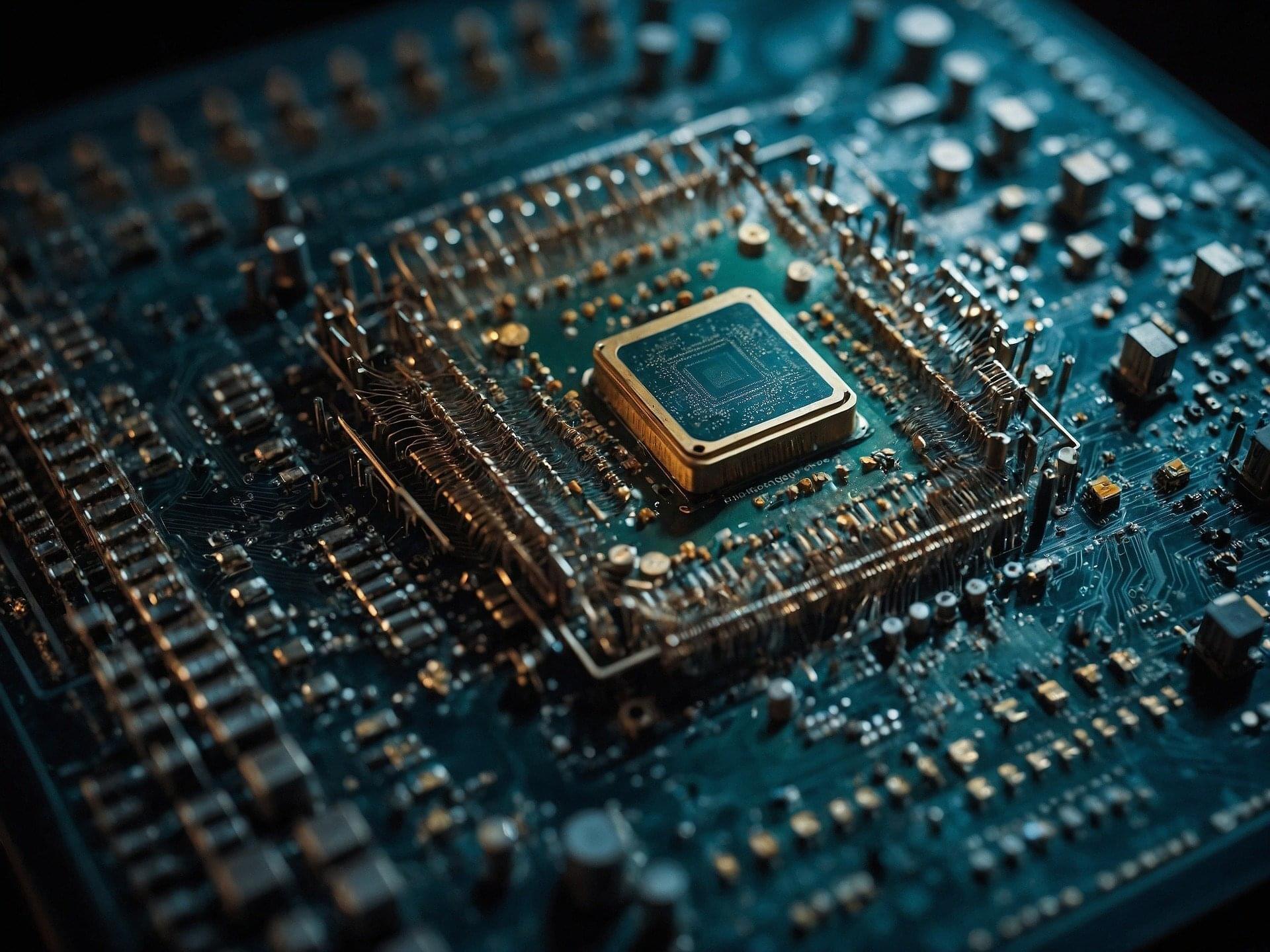Qubits—the building blocks of quantum computing—are driving advancements across the tech industry. Among them, superconducting qubits hold great promise for large-scale quantum computers. However, they rely on electrical signals, making them challenging to scale.
In a breakthrough, physicists at the Institute of Science and Technology Austria (ISTA) have successfully developed a fully optical readout for superconducting qubits, overcoming a key technological hurdle. Their findings, recently published in Nature Physics.
<em>Nature Physics</em> is a prestigious, peer-reviewed scientific journal that publishes high-quality research across all areas of physics. Launched in 2005, it is part of the Nature family of journals, known for their significant impact on the scientific community. The journal covers a wide range of topics, including fundamental physics, applied physics, and interdisciplinary research that bridges physics with other scientific disciplines. Nature Physics aims to highlight the most impactful and cutting-edge research in the field, providing insights into theoretical, experimental, and applied physics. The journal also features reviews, news, and commentary on major advances and issues affecting the physics community.

